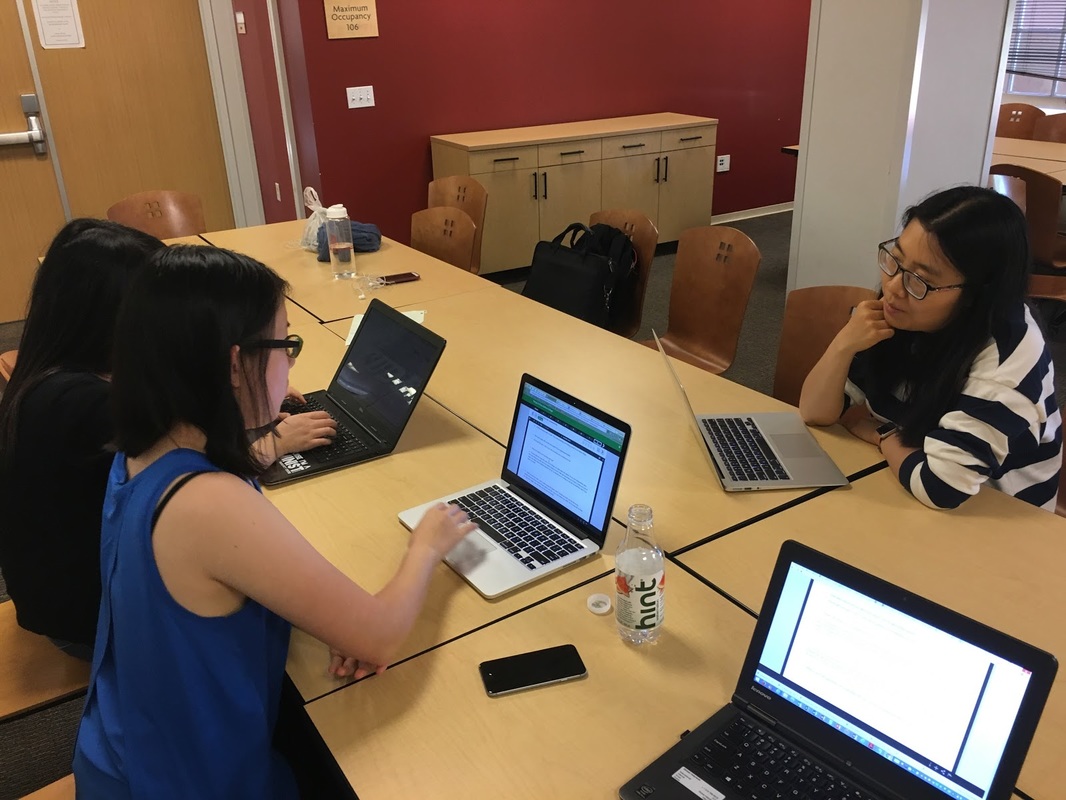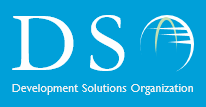Online education has been recognized as one of the most important disruptive innovations of the 21st century. Although the effectiveness of online education has not been completely confirmed, relevant research suggests that information technology does have some distinctive advantages over the traditional classroom, especially in the way of blended learning.

Image Source: Freepik
Indeed, the use of online instruction provides a great opportunity for personalized learning and educational equity in terms of access. For one thing, students are free to choose what to learn based on their own pace and level of understandings. For example, a 10th grader is able to take a college level mathematics courses if he or she has already mastered high school mathematical knowledge. In addition, online education offers learning opportunities that would be impossible without information technology. Disadvantaged students can get access to all kinds of learning materials in world-class schools and universities because of advanced educational technology. Dedicating to honoring the human right to education Gooru is a nonprofit edtech startup that offers an online courseware platform for K-12 settings. Students and educators all over the world can build and deliver their course materials through Gooru, either in a classroom setting or a self-learning experience. The courses span from math and science to humanities and social science. Gooru builds software, but it is heavily focused on truly determining how to improve the learning experience, how to best support the already large education system in accomplishing its goals, and ensuring that quality education materials are available to all who wish to learn.
Over the past four years, Gooru has been working with schools of different levels in the U.S. to promote its integrated learning approach and has achieved significant impact. With its rapid growth in scope, however, it becomes increasingly more important for Gooru to guarantee that its course materials meet high educational standards and can be easily utilized by teachers and students alike. In spring of 2016, Gooru started to look for help to define and measure what they consider the three core metrics for its online courses: relevance, engagement, and efficacy.
That is when Development Solutions Organization came in.
From January to June of this year, I worked as a consultant with two other Stanford students and three DSO Engagement Leads on the Gooru project. After getting in touch with Mr. Prasad Ram (Pram), CEO of Gooru, our team decided to focus on the metric of engagement: how can Gooru courseware stimulate students interest in learning the materials. From there, we decided to design a one hour high school lesson with which to test success and failure areas on engagement.
In the beginning, we brainstormed a variety of course topics that each of our team members are familiar with. Some of our ideas included introductory economics, supply vs. demand, basic set theory, Made to Stick (a marketing course on products that stick with customers), and the difference between correlation vs. causation. However, we ended up focusing on one economics course and one course about set theory.
Designing a blended learning module is not an easy job. For one thing, it requires course designers to take opinions from both sides of students and teachers. For another, it should also cover specific characteristics of the online Gooru platform. For instance, instead of blackboard and chalk, we looked to leverage videos and websites to teach knowledge. After presenting the initial demo designs to Pram, we got great feedback and suggestions for improvement, such as incorporating real world themes to make the materials more interesting to kids. For instance, one of our team members used Google Search to teach abstract concepts of set theory.
The courses we designed can be found here:
Improve Your Google Searches - How to find what you really want on Google (Set Theory)
Things to Know Before College - What’s the true cost of going to college (Economics)
We ended up user testing our courses with our own team members, and iterating the courses based on feedback received from both the student and teacher user lenses. As a Masters student majoring in education at Stanford, this working experience gave me more concrete ideas about best practices in education. Moreover, it is also a significant experience in terms of helping an organization to improve equity in education. Working with talented students of Stanford and experienced Engagement Leads was also a great experience for me.

In the future, I hope to continue working in the field of education, and engaging in as much voluntary work as possible, to help more people get qualified education around the world.
Contributed by Qian Ju
